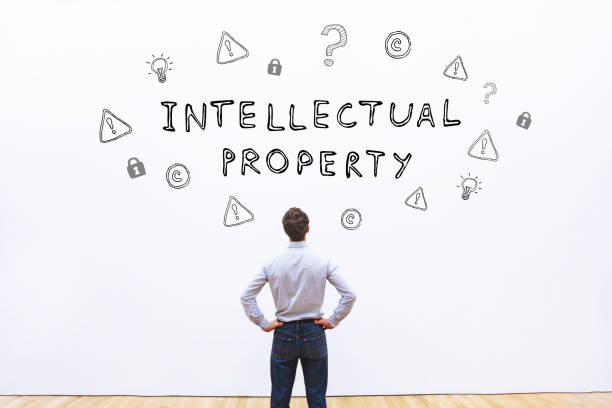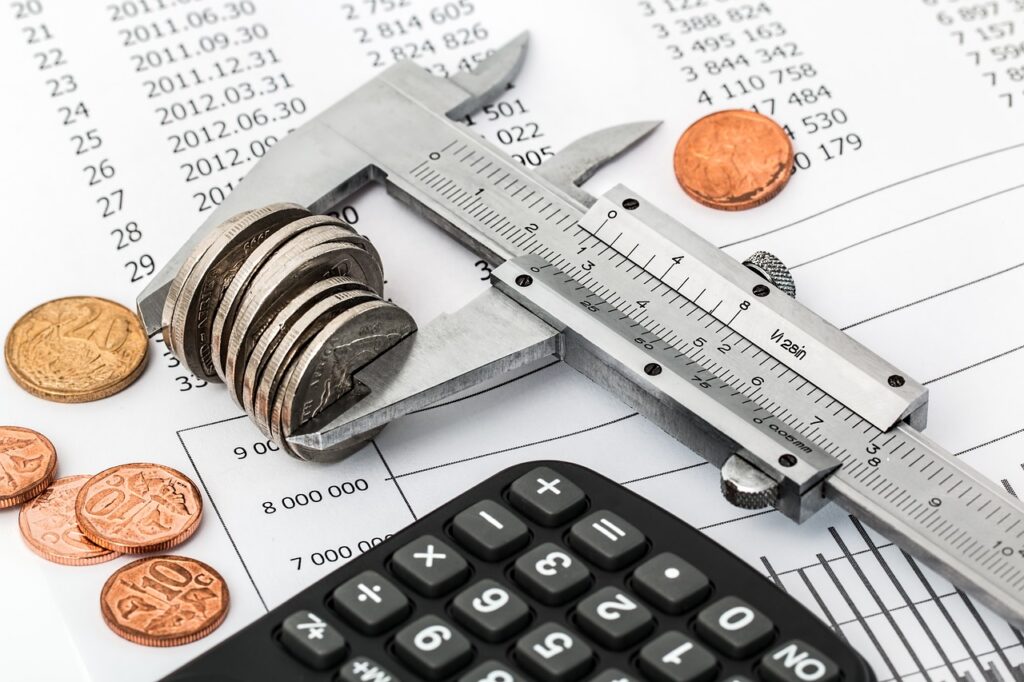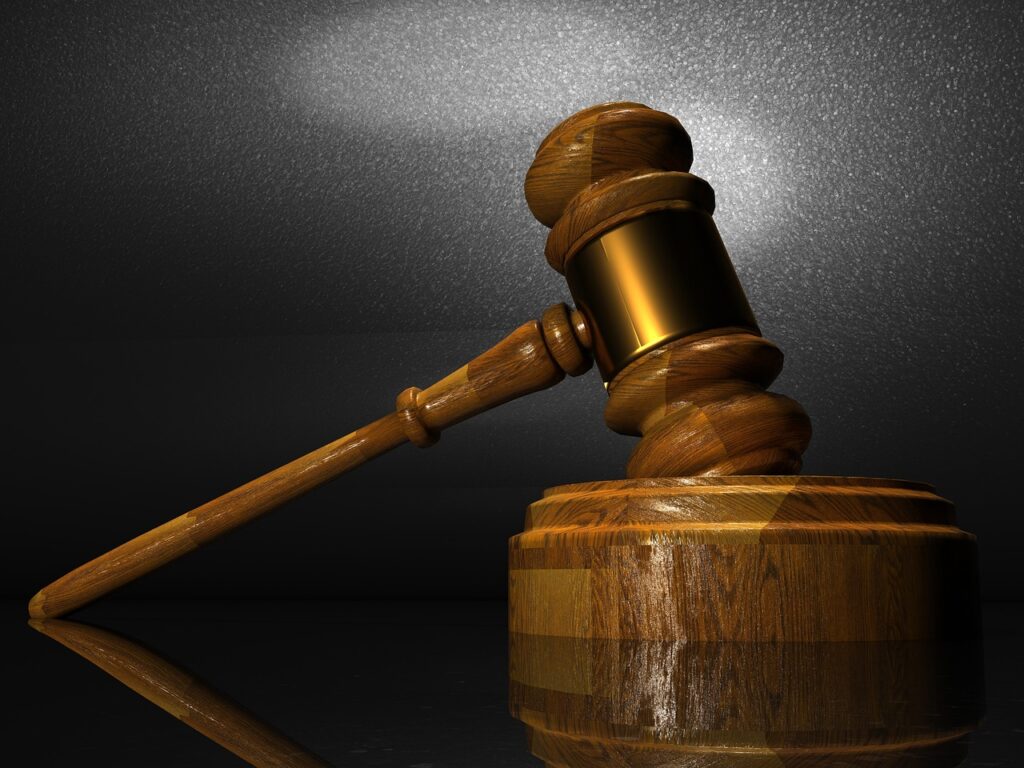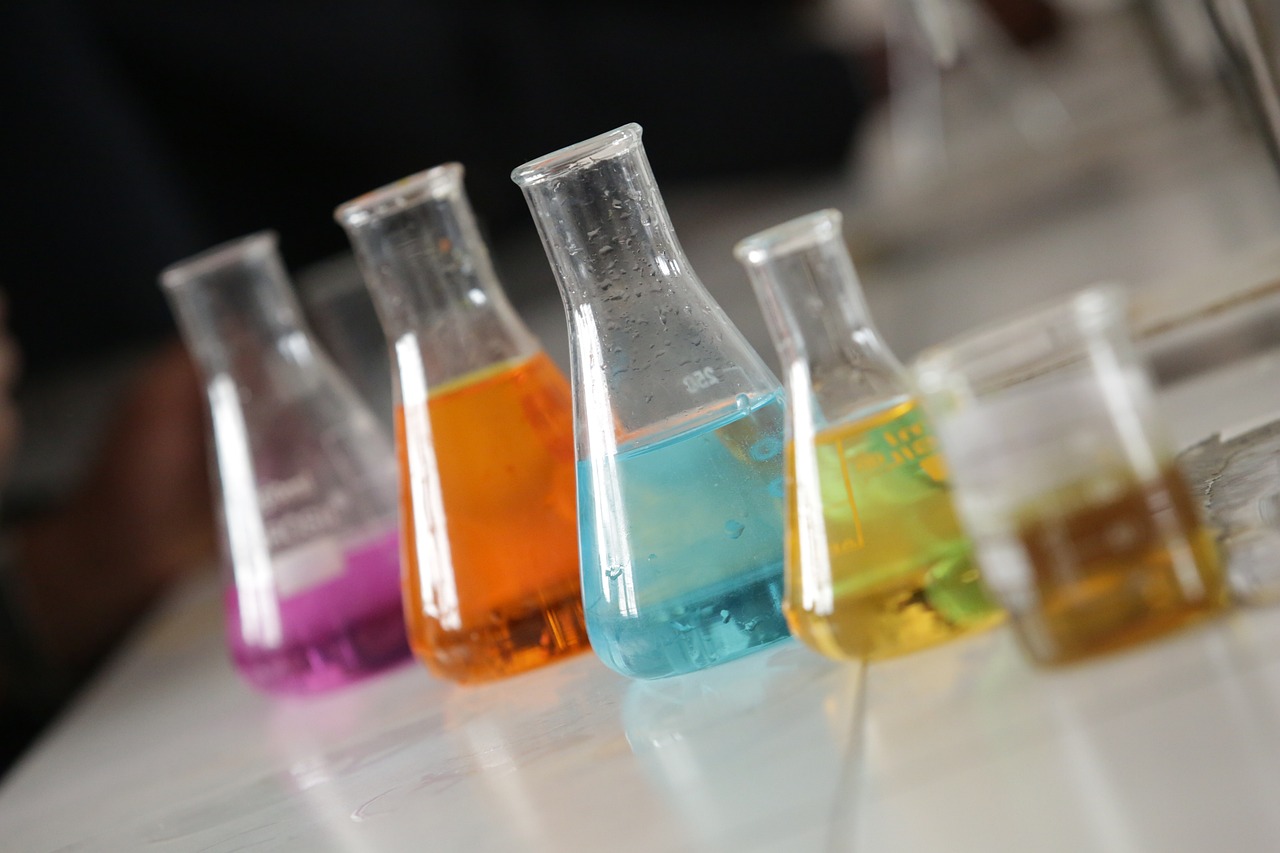In the ever-evolving landscape of intellectual property, the valuation of chemical and pharmaceutical patents stands as a complex and crucial undertaking. This extensive article aims to provide an in-depth exploration of the methodologies, challenges, and intricate considerations involved in determining the value of these specialized patents.
Understanding the Foundation: Chemical and Pharmaceutical Patents
To embark on the journey of valuing chemical and pharmaceutical patents, it’s imperative to first delve into the foundation upon which these patents are built. Unlike patents in many other fields, those in the chemical and pharmaceutical realms often represent the culmination of years of intensive research and development. The uniqueness of these patents lies not only in their scientific complexity but also in their potential to revolutionize healthcare, providing solutions to pressing medical challenges.

Chemical and pharmaceutical innovations typically emerge from dedicated laboratory work, with researchers striving to create novel compounds or formulations. These innovations aim not only to address specific medical needs but also to secure a competitive edge in a highly dynamic industry. This section will elucidate the distinctive characteristics of chemical and pharmaceutical patents, shedding light on their scientific significance and the pivotal role they play in advancing medical technology.
As researchers meticulously fine-tune molecular structures and optimize formulations, the resultant patents become more than legal safeguards; they become gateways to new possibilities in medicine. These innovations can range from groundbreaking new drugs to improved methods of drug delivery, each carrying the potential to reshape the healthcare landscape.
Methodologies in Chemical and Pharmaceutical Patent Valuation
Having established the foundational importance of chemical and pharmaceutical patents, we now turn our attention to the intricate methodologies employed in their valuation. Valuing these patents demands a strategic approach that seamlessly integrates scientific acumen with economic principles. This synthesis is essential for a comprehensive understanding of the true worth of a pharmaceutical innovation.
Cost-Based Valuation Methods
One avenue of exploration in the valuation process involves cost-based methods. These methods delve into the extensive research and development expenditures associated with bringing a pharmaceutical product to market. Costs incurred during the discovery phase, pre-clinical testing, and rigorous clinical trials are meticulously accounted for, providing a quantitative foundation for valuation.
Understanding the nuances of cost-based valuation is paramount. It requires an in-depth analysis of the resources invested in the research process, encompassing not only financial expenditures but also the intellectual capital contributed by scientists and researchers. As we navigate this terrain, it becomes apparent that the true cost of innovation extends far beyond monetary figures, encapsulating the intellectual and human capital dedicated to the development of a groundbreaking pharmaceutical product.
Income-Based Valuation Methods
Beyond the realm of costs, income-based methods offer a different perspective on valuation. These methods focus on potential revenue streams generated by the patented innovation. Forecasting future earnings involves a careful consideration of market demand, competitive landscape, and the product’s life cycle. This approach, while inherently speculative, provides a forward-looking dimension to the valuation process.
Understanding the intricacies of income-based methods requires a keen awareness of market dynamics. Analysts must evaluate the market potential of the patented product, assess potential licensing agreements, and project sales figures based on anticipated demand. The interplay of these factors requires a delicate balance, as the valuation process transforms from a retrospective analysis of costs to a forward-looking projection of potential returns.
As we navigate the complexities of these valuation methodologies, it becomes evident that a nuanced approach is necessary. The choice between cost-based and income-based methods often hinges on the stage of development, the nature of the pharmaceutical product, and the prevailing market conditions.

Market Dynamics and External Influences
Having delved into the intricate methodologies of chemical and pharmaceutical patent valuation, the next crucial dimension involves understanding the external influences and market dynamics that shape the value of these intellectual assets.
Regulatory Frameworks and Healthcare Policies
The pharmaceutical landscape is intrinsically linked to regulatory frameworks and healthcare policies. Understanding how these factors influence the valuation of chemical and pharmaceutical patents is paramount. Regulatory approvals, such as those from the U.S. Food and Drug Administration (FDA) or the European Medicines Agency (EMA), significantly impact a drug’s market entry and potential revenue. Changes in healthcare policies can also reshape market dynamics, influencing the demand and pricing of pharmaceutical products.
Navigating this terrain requires a deep understanding of the regulatory landscape. Analysts must stay abreast of evolving guidelines, anticipate potential policy shifts, and assess the impact of regulatory decisions on the market value of patented pharmaceutical innovations.
Competitive Forces in the Pharmaceutical Industry
The pharmaceutical industry is fiercely competitive, with companies vying for market share and striving to outpace one another in innovation. Understanding the competitive forces at play is essential for accurate patent valuation. Factors such as the existence of alternative treatments, the potential for generic competition, and the overall market saturation for a particular therapeutic area all contribute to the complex web of pharmaceutical competition.
Analysts must conduct thorough competitive analyses, scrutinizing the pipelines of rival companies, assessing the likelihood of competing products entering the market, and gauging the differentiation of the patented innovation. This comprehensive understanding of the competitive landscape provides a nuanced perspective on the value of chemical and pharmaceutical patents.
Global Economic Factors
The valuation of chemical and pharmaceutical patents is not insulated from broader global economic factors. Economic downturns, currency fluctuations, and geopolitical events can all exert influence on the pharmaceutical industry. Understanding these macroeconomic forces is crucial for assessing the resilience and long-term viability of patented pharmaceutical products.
As we navigate the intricate interplay of regulatory frameworks, competitive dynamics, and global economic factors, it becomes evident that patent valuation is a multidimensional endeavor. Stakeholders must not only grasp the scientific and economic intricacies of the pharmaceutical landscape but also stay vigilant to external forces that can shape the value of these critical intellectual assets.
Legal Considerations and Challenges
With a comprehensive exploration of market dynamics and external influences, the final critical dimension in the valuation of chemical and pharmaceutical patents involves navigating the complex web of legal considerations and challenges inherent in the intellectual property landscape.
Patent Laws and Infringement Risks
The foundation of patent valuation rests on a robust understanding of patent laws and the associated risks of infringement. This section delves into the intricate legal frameworks that govern the protection and enforcement of chemical and pharmaceutical patents. Patent holders must navigate the nuances of intellectual property law, ensuring that their innovations are shielded from unauthorized use.
Infringement risks pose a significant challenge in the valuation process. Analysts must scrutinize existing patents, assess the potential for legal disputes, and factor in the costs and uncertainties associated with patent litigation. A thorough examination of patent landscapes is essential for stakeholders seeking an accurate and reliable valuation of their pharmaceutical innovations.
Patent Expiration and the Challenge of Generic Competition
The temporal dimension introduces a compelling layer of intricacy to the legal considerations in patent valuation, as patents are inherently time-bound, with finite lifespans. The impending expiration of a patent marks a critical juncture that can significantly influence its overall value. This section delves into the multifaceted challenges arising from patent expiration, especially when confronted with the advent of generic competition.
As patents approach the conclusion of their exclusivity period, the dynamics within the market undergo a profound shift. Generic manufacturers seize the opportunity to enter the scene, offering bioequivalent alternatives at reduced costs. The specter of generic competition presents a formidable challenge, necessitating a forward-looking and anticipatory approach to patent valuation. Analysts undertaking this evaluation must adeptly navigate the potential consequences, which include a plausible decline in market share, increased pricing pressures, and an overall impact on the revenue streams intricately associated with the patented pharmaceutical product.
In the realm of pharmaceuticals, where innovation is a constant and patents serve as the cornerstone of protection, understanding the intricate dance between temporal constraints and market forces is paramount. The strategic anticipation of challenges arising from patent expiration allows stakeholders to proactively adjust their valuation metrics, acknowledging the evolving landscape shaped by generic alternatives. A nuanced grasp of the implications of finite exclusivity transforms the valuation process into a dynamic exercise, demanding a foresighted perspective to accurately gauge the true worth of chemical and pharmaceutical patents.
Global Variations in Intellectual Property Regulations
Navigating the global landscape of intellectual property (IP) regulations introduces a profound layer of intricacy to the already complex realm of legal considerations in patent valuation. The divergent approaches adopted by different countries in formulating patent laws and regulatory frameworks create a mosaic of challenges and opportunities for stakeholders in the pharmaceutical industry. Each jurisdiction brings its own nuances, shaping the legal landscape within which pharmaceutical innovations must navigate to establish and maintain their patent rights.
Analysts undertaking the valuation of chemical and pharmaceutical patents must meticulously account for the global reach of these innovations. The significance of understanding how variations in IP regulations across diverse jurisdictions can impact the value of a patent cannot be overstated. This entails a thorough examination of the legal frameworks in place, considering the time-bound nature of patents and the potential hurdles posed by divergent regulations.
In the multinational pharmaceutical arena, where innovation knows no borders, a nuanced comprehension of international patent protection becomes imperative. Analysts must delve into the complexities of crafting licensing agreements that can withstand the legal scrutiny of various jurisdictions. Moreover, anticipating and addressing potential challenges in enforcing patent rights on a global scale is a critical aspect of the valuation process. The dynamic interplay between the global legal landscape and the pharmaceutical industry demands a strategic and forward-thinking approach to patent valuation.
Stakeholders operating on an international scale must recognize that what holds true in one jurisdiction may not necessarily apply in another. As such, a comprehensive understanding of the intricacies involved in international patent protection becomes a cornerstone for those seeking to derive accurate and meaningful valuations for chemical and pharmaceutical patents. In essence, the global nature of intellectual property regulations transforms the valuation process into a cross-cultural, cross-legal examination, requiring a keen eye for detail and a comprehensive awareness of the multifaceted global legal terrain.
Conclusion: Navigating the Valuation Landscape
As we conclude this extensive exploration into the valuation of chemical and pharmaceutical patents, it becomes evident that this process is a dynamic and multidimensional endeavor. Stakeholders in the pharmaceutical industry, whether researchers, investors, or policymakers, must navigate a complex landscape that intersects science, economics, market dynamics, and legal considerations.
The holistic understanding gained through this exploration provides a foundation for informed decision-making in an industry where innovation and commerce converge. Valuing chemical and pharmaceutical patents requires more than a numerical assessment; it demands a nuanced appreciation of the intricate factors that shape the value of these critical intellectual assets.

In the dynamic and ever-evolving field of pharmaceuticals, staying abreast of scientific advancements, market trends, regulatory shifts, and legal landscapes is paramount. Only through such vigilance can stakeholders truly unlock the value embedded in chemical and pharmaceutical patents and chart a course towards sustainable innovation and commercial success.

Leave a Reply